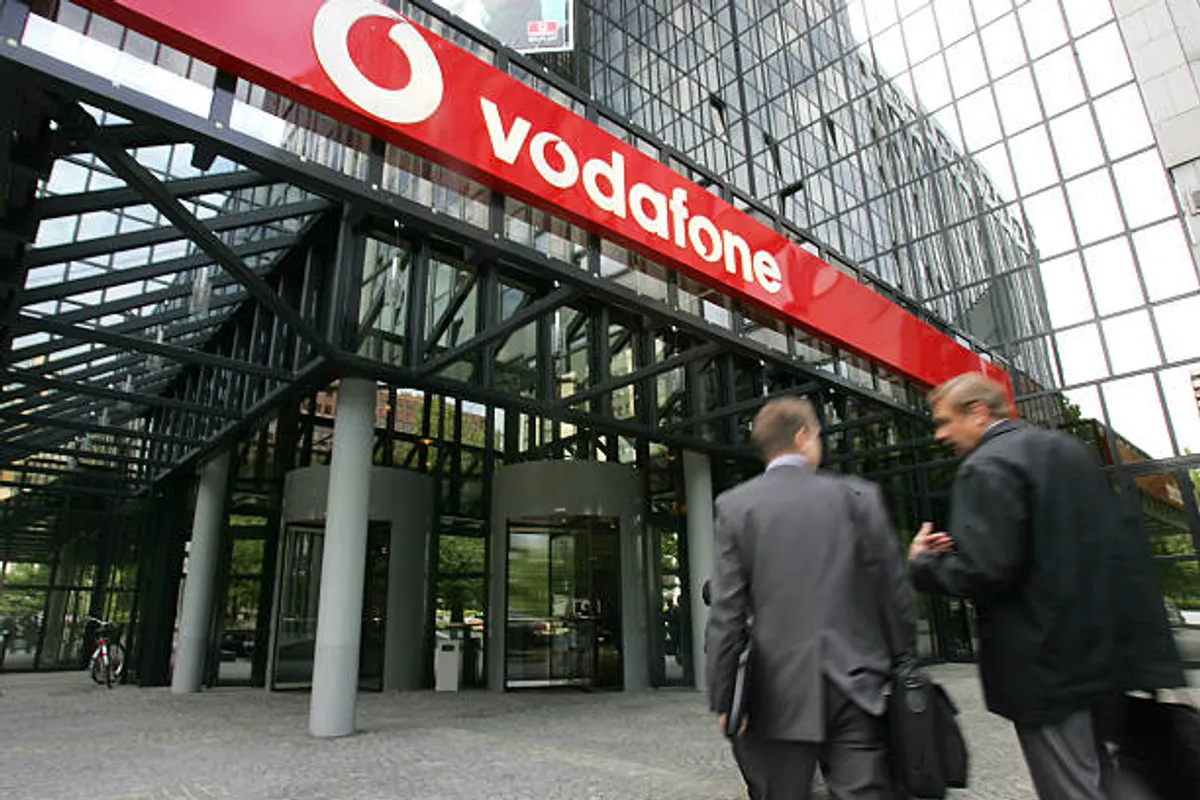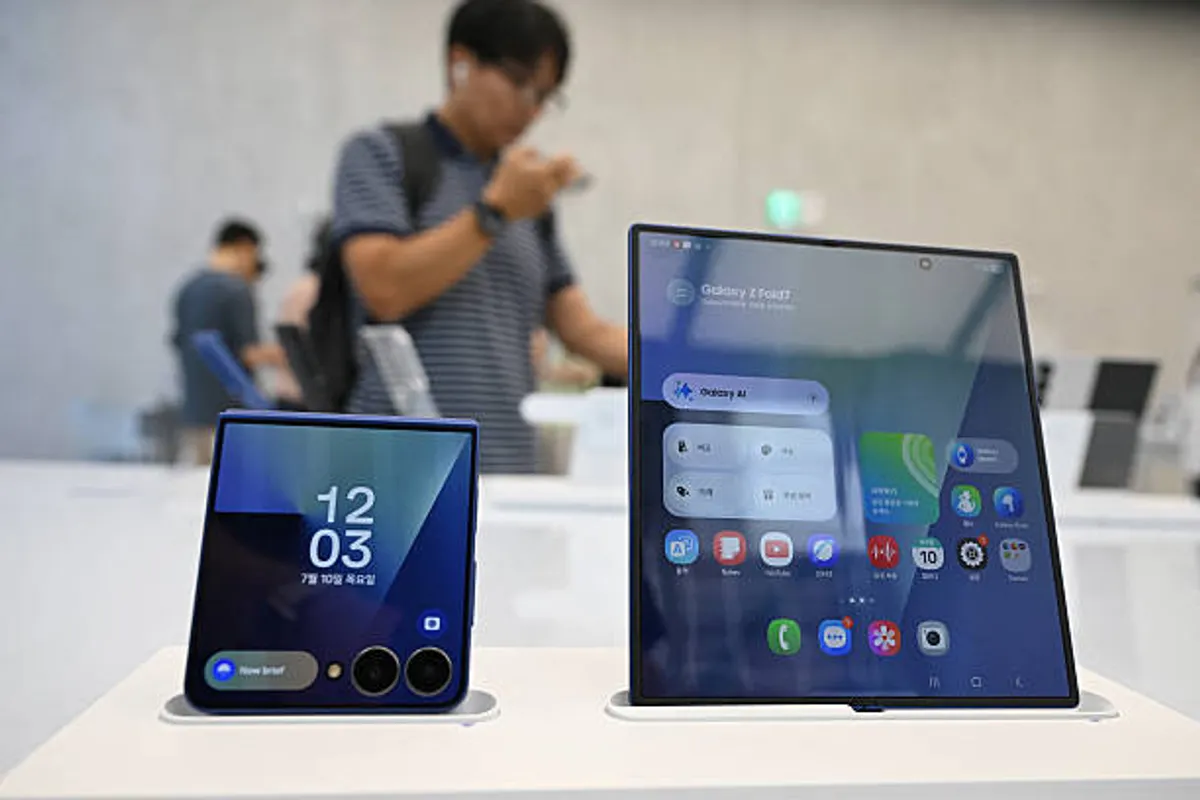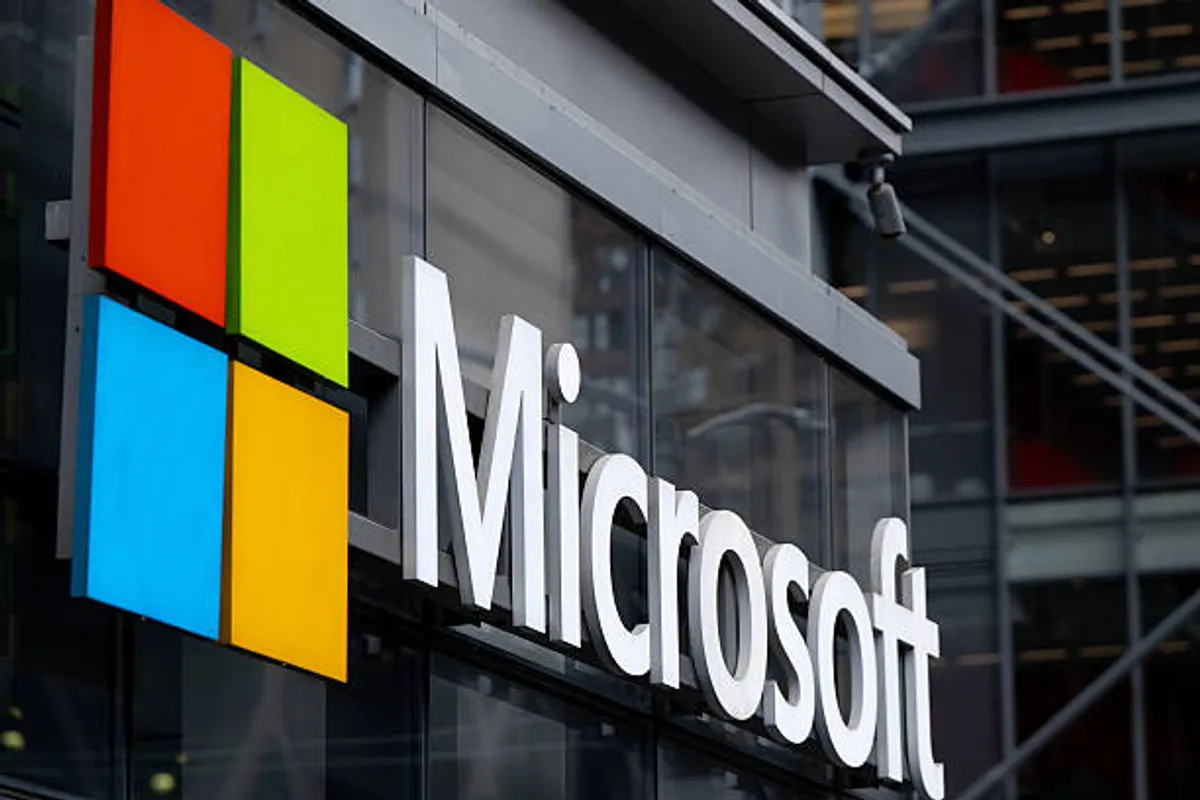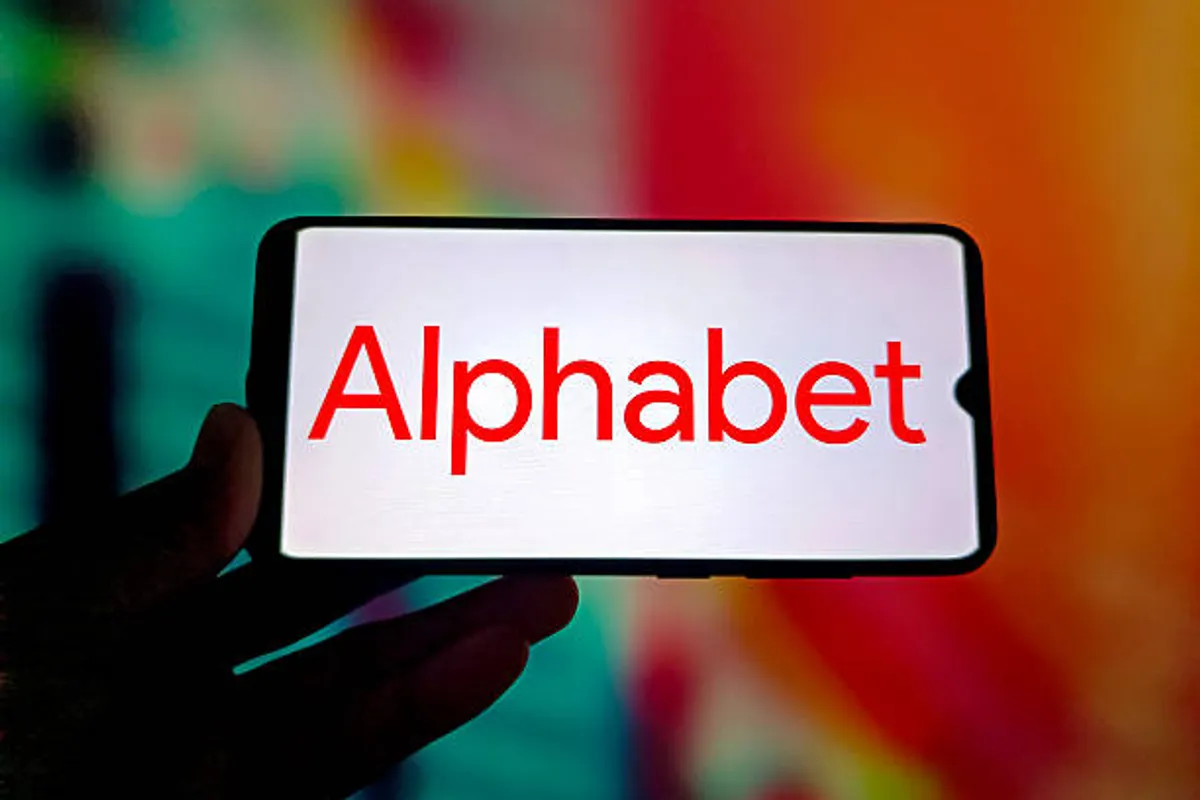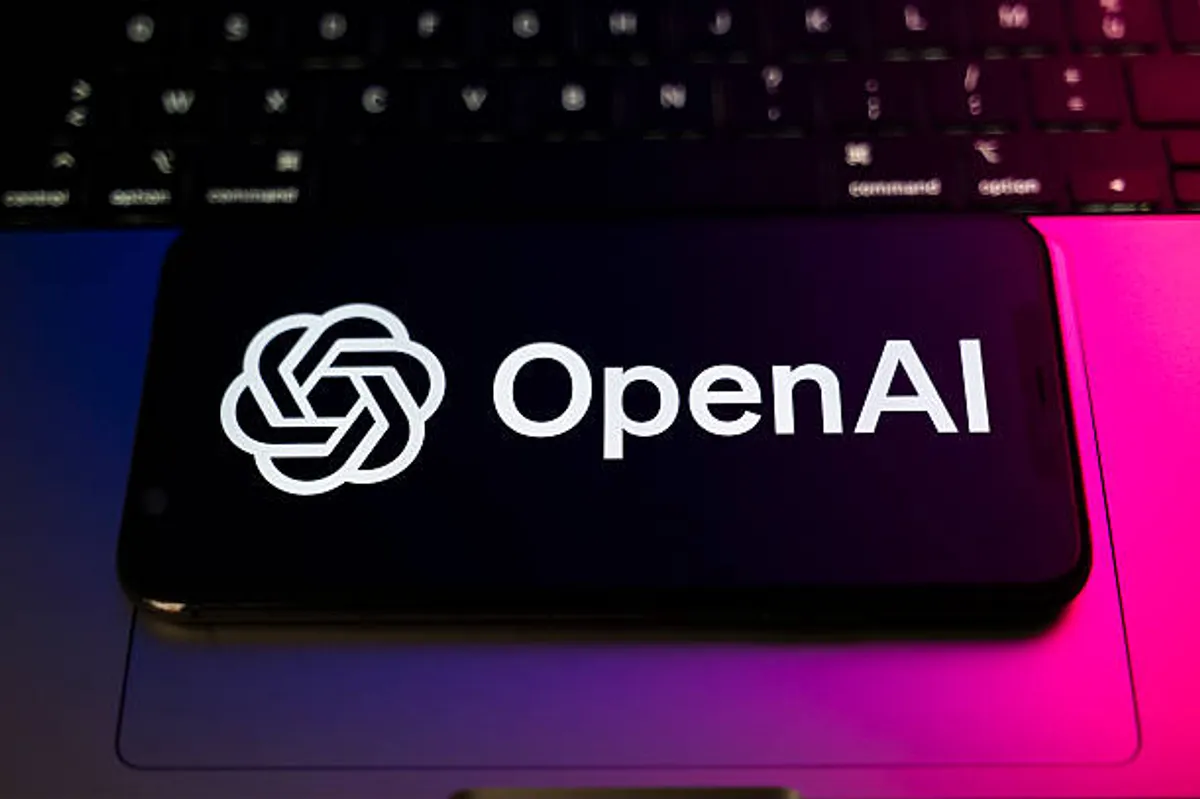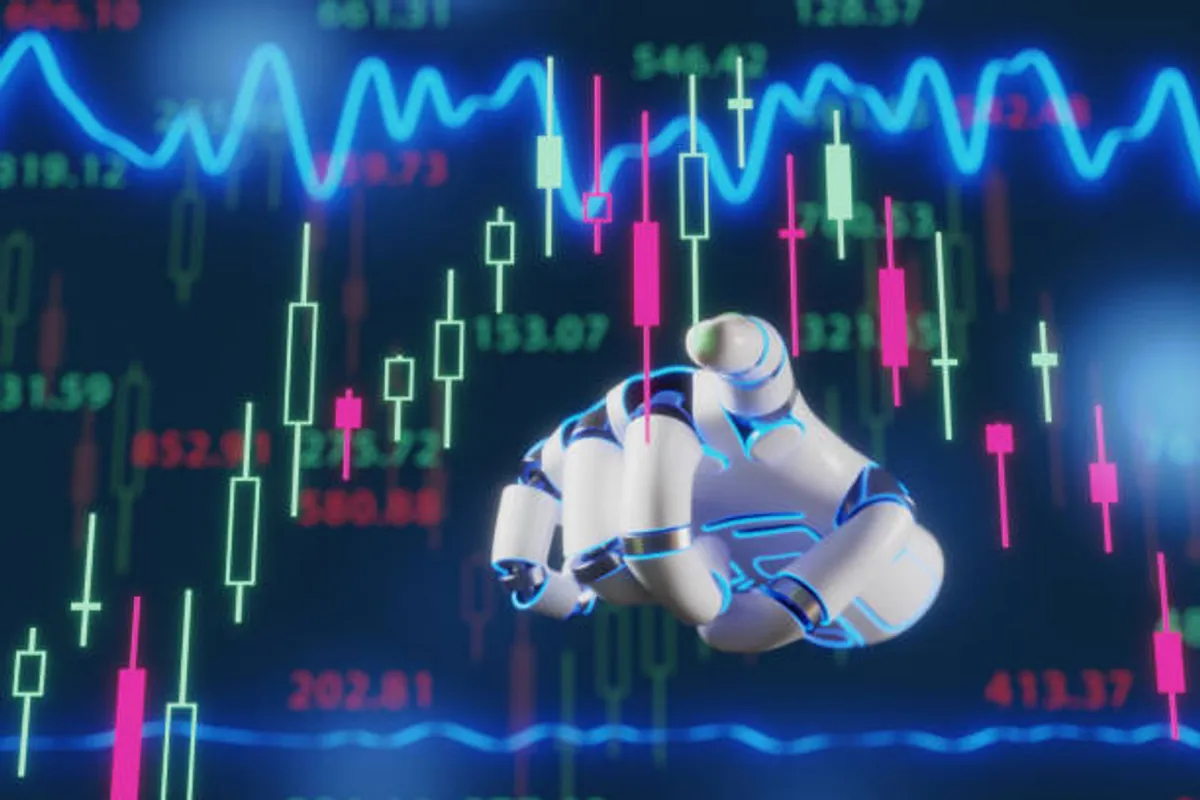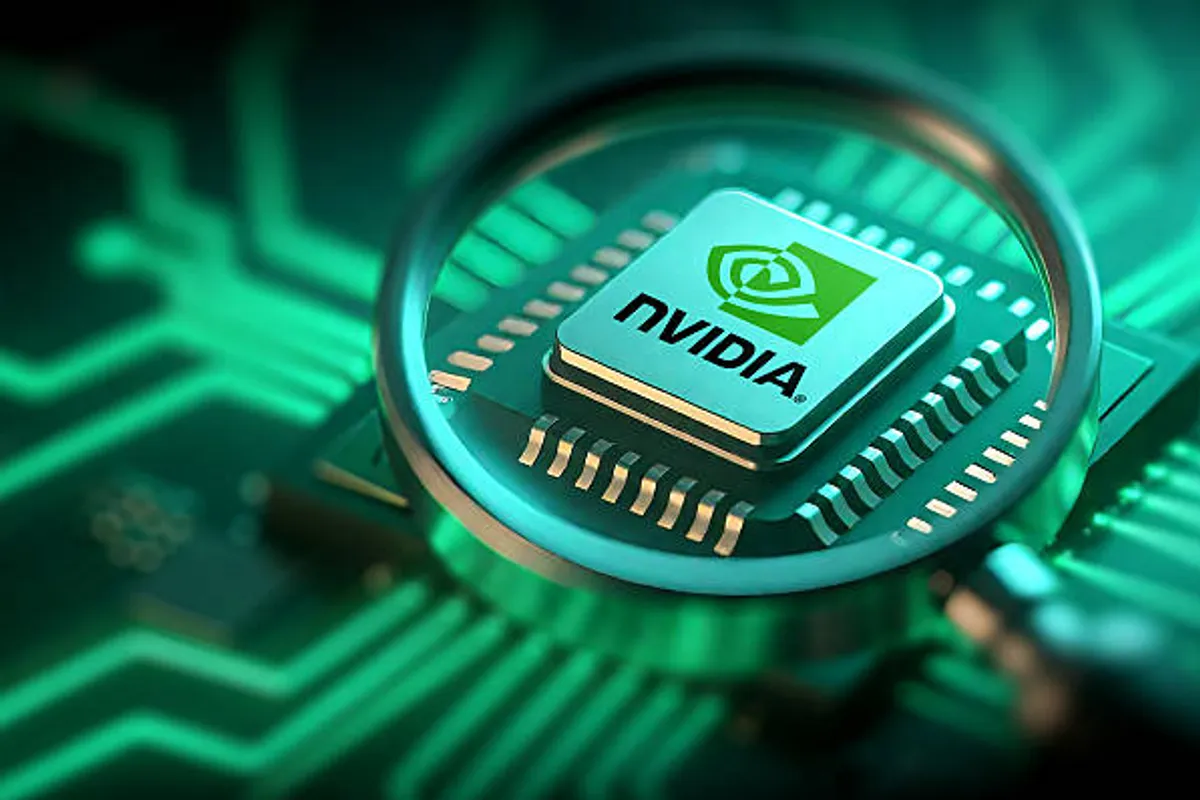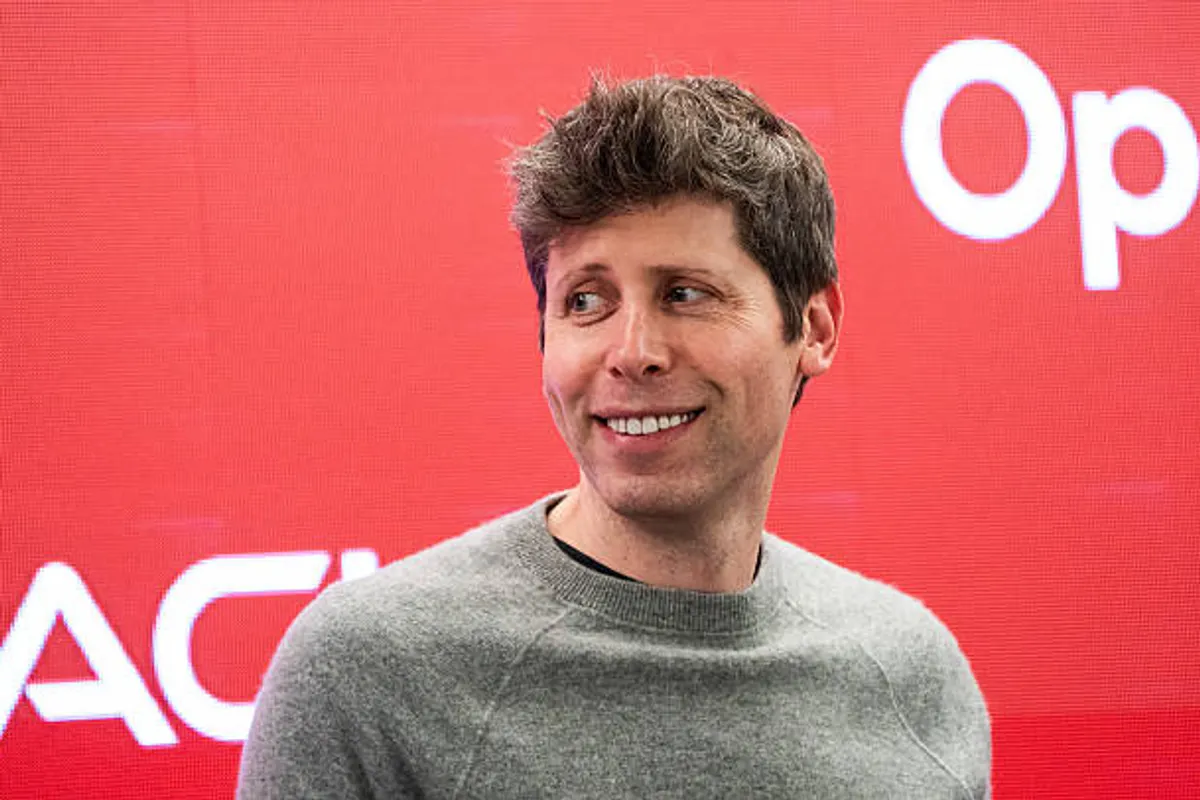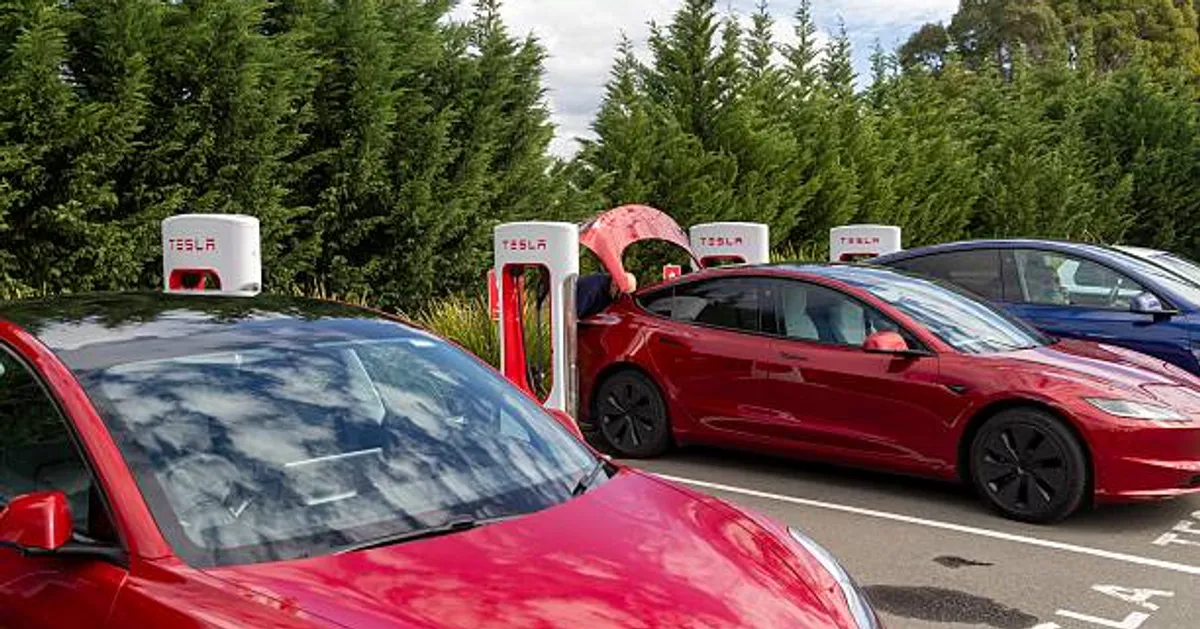
Tesla’s Big Gamble: Betting Growth Without New Models

GeokHub
Contributing Writer
Tesla is doubling down on a strategy increasingly at odds with auto industry convention: it has largely stopped launching brand-new vehicle models. Instead, the company is relying on software updates and incremental tweaks to its aging platforms to drive sales and maintain relevance.
Its flagship models—the Model 3 (launched in 2017) and Model Y (2020)—remain the backbone of its volume business. While other automakers frequently roll out fresh models, Tesla’s product lineup has stagnated. The Cybertruck, once billed as a transformational pivot, has underperformed. Promised mass-market vehicles, such as a $25,000 affordable EV or a fresh Roadster, have either been delayed or shelved.
Tesla sees more value now in shifting resources toward autonomous driving systems, humanoid robots, and AI platforms. Elon Musk has signaled that hardware refreshes for human-driven cars will be minimal—software-driven enhancements are the priority.
But analysts and investors are growing uneasy. Here’s what they’re watching:
- Stubbornly aging models: The core models are now well into their life cycle. Without substantial renewal, they risk losing appeal amid evolving design trends and consumer expectations.
- Customer loyalty slipping: Some data suggests Tesla’s bounce-back in loyalty is linked more to aggressive incentives than to product excitement.
- Missed market segments: Tesla still lacks offerings in key growth areas like three-row SUVs or more affordable EVs. Its smaller lineup limits its reach.
- Rising global competition: Chinese automakers are launching new EVs at a blistering pace, rapidly iterating features and designs. Tesla’s slow cadence may leave it exposed.
Still, some insiders defend Tesla’s path. They argue that with a lean lineup, margins may remain high, and the software-first philosophy could fend off the need for constant hardware refreshes. If the approach succeeds, it will rewrite how auto companies think about product cycles.
But the risk is clear: if consumer tastes shift, or if competitors outpace Tesla with fresh offerings, the gamble might backfire — leaving the company pressured to revive its hardware pipeline under tighter conditions.
